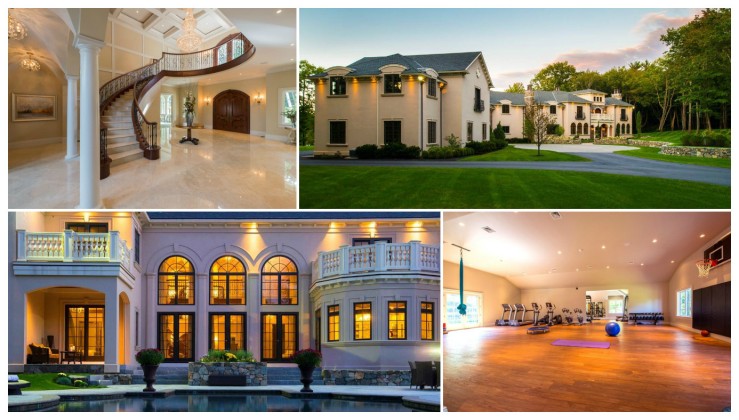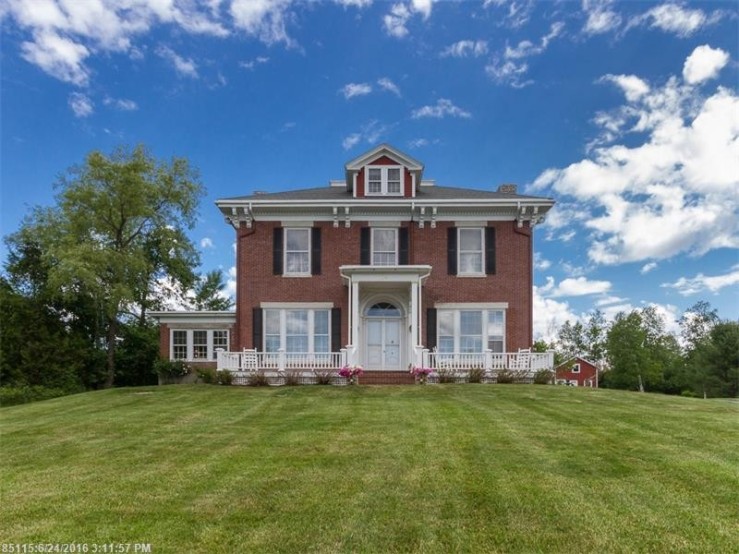It has always been said that in order to get the most for your property you need to list in the ‘hot’ months of the year, being either February for a closing at the end of the school year or September so that you can settle in before the holidays.
Key Takeaways:
-
Blackout dates for high-end listings, namely from Dec. 15 to Jan. 15 and from July 15 through Labor Day.
-
Buyers of means are traveling during these times.
-
-
If the property is overpriced nothing is going to happen to it even if, conceptually, it’s a hot time in the market.
-
Less competition could help showcase your property more.
-
Pre-internet, the market was much more seasonal. Now, real estate is a 24/7 exercise. Some people are buying from photos. There’s always, always a market.
-
The data doesn’t support that if you put it on the market in a particular month you’re going to sell it faster or that you’re going to get a 20 percent premium.
By
They knew, of course, that the last chunk of the year would be one long stretch of turkey and tinsel with prospective buyers more likely to be shopping for Christmas gifts than real estate. Nonetheless, the couple wasn’t inclined to delay; the house went on the market in the middle of December.
“Our attitude,” Mr. Thornton said, “was: no time like the present.”
It’s an increasingly popular stance.
A real estate article of faith once had it that mid- to late-February, the start of the so-called spring season, was the best time to list a property. This allowed breathing room for the buyer to get a mortgage, and in the case of a co-op purchase, time to assemble the board package and meet with the board, and to close the deal before the end of the school year and the start of the summer exodus. September was another good option, as long as sellers took care to wait until after Labor Day.
Only the clueless or the foolishly optimistic, so the thinking went, would list a property in New York City around the Fourth of July, during the Jewish holidays in the fall, or any time between Thanksgiving and New Year’s Day. And it was definitely better to wait until after Wall Street’s bonus season, usually in January. As for August, well, just forget it: Surely you’re not thinking about real estate when you’re trying to enjoy the final days of summer?
But now, because of digital marketing and the masses of online information available to consumers, “all the rules about timing are gone,” said Barbara Fox, the founder and president of the Fox Residential Group. “The rules are out the window. My theory is: Get it out there. Let’s see if there’s someone out there waiting for it.’’
Kathy Braddock, a managing director of William Raveis New York City, agreed. “Pre-internet, we were much more seasonal,” she said. “Now, real estate is a 24/7 exercise. Some people are buying from photos. There’s always, always a market.”
Indeed, Mr. Thornton and Ms. League found the brownstone they are now selling online one December day just before Christmas about six years ago.
Victoria Rong Kennedy, an associate broker at Citi Habitats, has notched a number of holiday sales. “There’s a happy mood because it’s Christmas and investors may decide to buy something,” she said. “I have a lot of international clients who come from Asia who are Christmas shopping for luxury goods and they also may decide to look at some real estate.”
In fact, sellers who decide to list a property during a traditionally slow time like Christmas may be at a real advantage. “It helps you showcase it because there’s less competition,” Ms. Fox said.
Seasonality can’t be totally dismissed, though. It certainly continues to play a role in the suburbs where curb appeal is crucial, according to James Gricar, the general sales manager of Houlihan Lawrence. “Selling a house in the winter is more of a burden,” he said. “Almost any house looks prettier when the leaves are on the trees and the weather is pleasant.”
Because the goal is to get as many motivated, qualified buyers as possible, Darren Sukenik, an associate broker at Douglas Elliman, believes in blackout dates for high-end listings, namely from Dec. 15 to Jan. 15 and from July 15 through Labor Day. “I feel I would be doing properties over $2 million a disservice to put them on the market at those times,” he said. “People of means are not in the city. They’re on vacation. They’re traveling.”
Other brokers seem to share Mr. Sukenik’s view.
“August is the low point of supply for every year,” said Jonathan Miller, president of the real estate appraisal firm Miller Samuels, who examined listings data from 2010 to 2016. “After Labor Day inventory surges, with a slight peak in October.”
According to Mr. Miller, there is a similar surge in the spring, with May as the high point.
But to get too caught up in the calendar is to miss the point, many real estate agents and executive say.
“The data doesn’t support that if you put it on the market in a particular month you’re going to sell it faster or that you’re going to get a 20 percent premium,” said Stuart Siegel, chief executive of Engel & Völkers.
Put another way, it isn’t so much when you put a property on the market but what price you put it on the market.
“You can list something in the spring,” said Victoria Vinokur, an associate broker at Halstead Property, “but if the property is overpriced nothing is going to happen to it even if, conceptually, it’s a hot time in the market. And if you’ve got a motivated buyer for a particular property, that buyer doesn’t care what time of year it is.”
Mr. Siegel advises clients to be guided by their own particular circumstances rather than by the calendar. Are you selling now because you want to be in another house before the school year starts? Do you need another six months in your old place to give you time to finish construction on your new place?
“It’s personal needs and lifestyle questions rather than you’ll do better in September than November,’’ he said.
But old ways die hard. Some sellers remain convinced that it’s all in the timing.
“A client told me she wanted her two-bedroom apartment on West End Avenue to go on the market the Monday after the Super Bowl,” said Susan Forrest-Reynolds, an agent at William Raveis New York City. “Her theory was that men don’t come to open houses during football season.”





